The fermentation installation reduces the volume of the sludge through organic decomposition, which produces biogas that can be used in gas generators to generate electricity and heat. Home Benefits F. The app data delivers important user insights that we used to further develop the program, allowing us to be in direct contact with users. A toxicity study was conducted on the compost using watercress, barley and earthworms, in accordance with the applicable standards. The installation can only process a fraction of the volume of baby diapers and incontinence briefs available in the Netherlands. The resulting heat is then used to maintain the temperature of the fermentation installation. Research on the pilot installation during the period from March to spring ; Start construction of first module at practical scale, summer ; Start construction of steam pipeline, autumn ; Start operation of first reactor, late The investment decision in the full-scale installation has now also been taken. Sustainable Environmental benefits and flexible adaptation to changes in the diaper market. This recycling method provides benefits for all three environmental damage categories: a. High-purity separation combined with low energy use and a small footprint make this a must-have technology for companies where sustainability and cost management are key business focus areas. What is the diaper composition? Longer fibres present in the purification sludge cellulose are shortened to make them easier to convert into biogas as part of the sludge fermentation process.
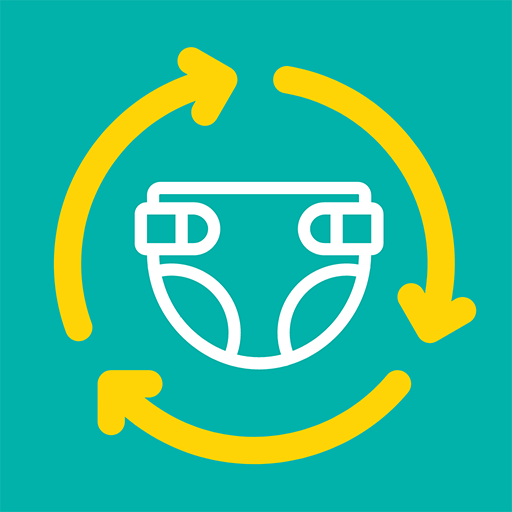
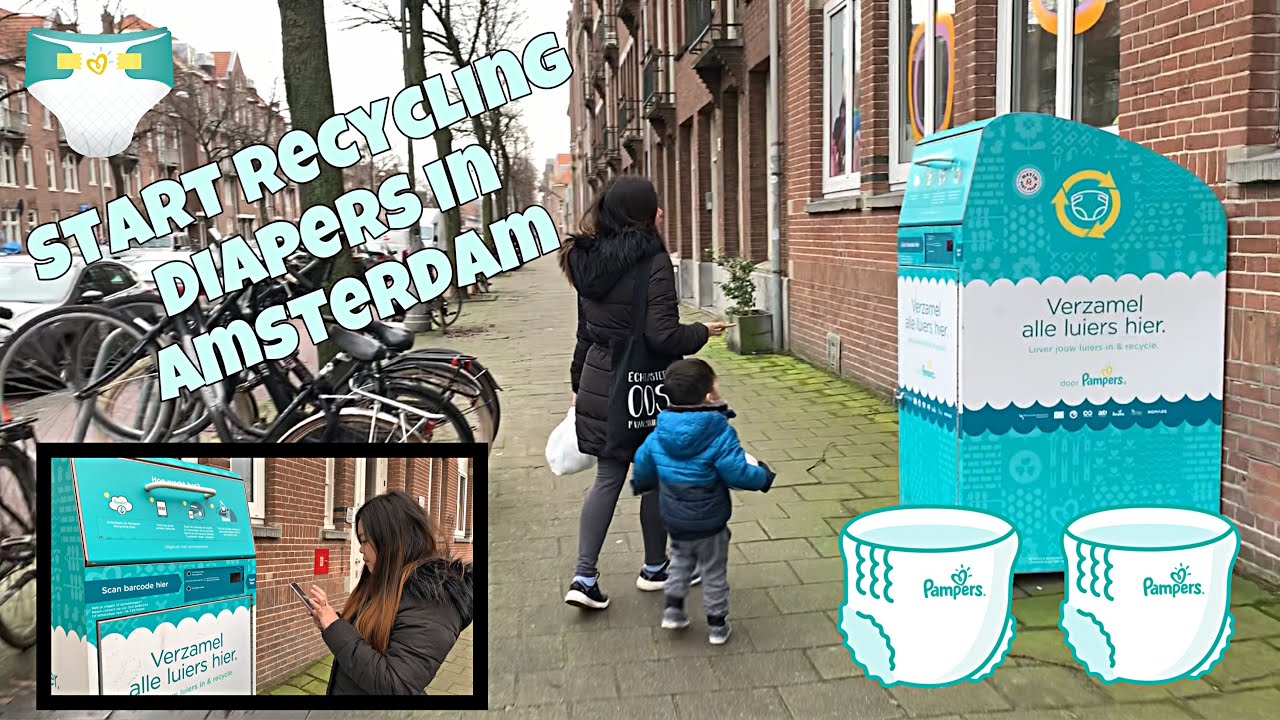
Rivierenland Water Authority is an expert at fermenting purification sludge. What is needed? At the moment, paper fibres are fermented with the residual waste, but they can eventually be separated into a third flow as well. The permits have been issued, so the next step is the formal approval. EBI holds the patents and will market the processing method and the reactor. Elsinga has tested their technology with those compounds and has proven that PLA transforms back to its liquid form: lactic acid. No new plant needed Through ties with existing market for end-products no new plant is needed, which means that the technique can be applied quickly and efficiently. The entire chain has been included in the comparison; from collection to finished products. The remainder of the sludge cake is transported by lorry to the composting installation in Tiel.
THE FIRST EVER DIAPER RECYCLING PROGRAM
Article duration. Using a bin with a lid or a special nappy disposal bin helps reduce smells. Longer fibres present in the purification sludge cellulose are shortened to make them easier to convert into biogas as part of the sludge fermentation process. Now the result is the decision to install two additional full scale reactors. The Diaper Recycling Technology® design methodology has predominantly focused on long-term energy savings for the end-user. We think those components are gonna be used in the future. With their high-quality paper fibres and plastics, diapers are a suitable product for recycling. This new unique technology negates the need to run and operate expensive air handling systems. The permits have been issued, so the next step is the formal approval. H2O - waternetwerk March Read the article Afbraak medicijnresten bij thermische drukhydrolyse van luiers en inco-materialen. Sustainable Environmental benefits and flexible adaptation to changes in the diaper market. By being able to handle those components, our technology is future proof.
Diaper Recycling Technology a Nappy and AHP Recycling Company
- Looks like you are interested in recycling!
- The results show that the material is safe, and has no harmful effects on the environment.
- June Read the note.
- The added value of this technique is that pathogens and pharmaceutical compounds are almost completely destroyed in the process.
Waste is one of the most visible sustainability challenges for our industry, and society — one that parents see everyday when they change a nappy. We are committed to learn how we can tackle it head on. Our nappies now use 21kg less materials compared to six years ago. That equates to fewer nappies going into the bin during the approx. Managing nappy waste goes, all the way from manufacturers to parents. Packaging waste is front of mind for many of us today. In the UK Pampers cardboard packaging is recyclable via kerb side pick up, and our plastic outer packaging is recyclable at front-of-supermarket soft plastics collectors. Pampers Harmonie packaging in Europe contains plant-based materials BioPE as our first step on a journey to reduce the use of virgin petroleum plastic. We are also integrating post-industrial recycled plastic waste in our Premium and Baby-Dry packaging across Europe. At Pampers, we are also fully committed to raising awareness about the correct disposal of our nappies and wipes. So when you throw away your wipes, help protect the planet: put them in the bin, not down the toilet! And here are some tips about how to dispose of a dirty nappy:. Roll up the used nappy with the soiled or wet side facing inwards and secure it with the attached tapes. This makes them easier to handle and put in a bin. Using a bin with a lid or a special nappy disposal bin helps reduce smells. Once the small bin is full, dispose of the nappies along with your household waste. Always read the instructions on the packaging, but usually disposable nappies need to go in the general household waste. Skip to home Skip to main content Skip to search. Pampers Sustainability — Love less waste Updated August 01, Article duration.
Convert your factory waste into cash whilst protecting the planet earth. Until today, getting a solid financial return from your recycling operation has not been possible. Low-energy automated pulp sheet pampers recycling for accurate bed-pad mill pampers recycling. Integrated pelletizing technology that automatically transports plastic waste to a centralized location, pampers recycling, and converts it back into valuable pellets. Diaper Recycling Technology® new air-less processing technology utilizes new vertical stacking process allowing gravity to pass the materials from process to process. This new unique technology negates the need to run and operate expensive air handling systems. Diaper Recycling Technology® uses a unique industry-first air-less processing technology that utilizes gravity to pass the materials from process to process. This new vertical stacking technology has multiple end-user benefits, pampers recycling, one of which is the modular cassettes are interchangeable allowing seamless upgradability of the process. Removing raw materials from the hygiene product and damaging the materials during the extraction process does not have a benefit pampers recycling the hygiene producer.

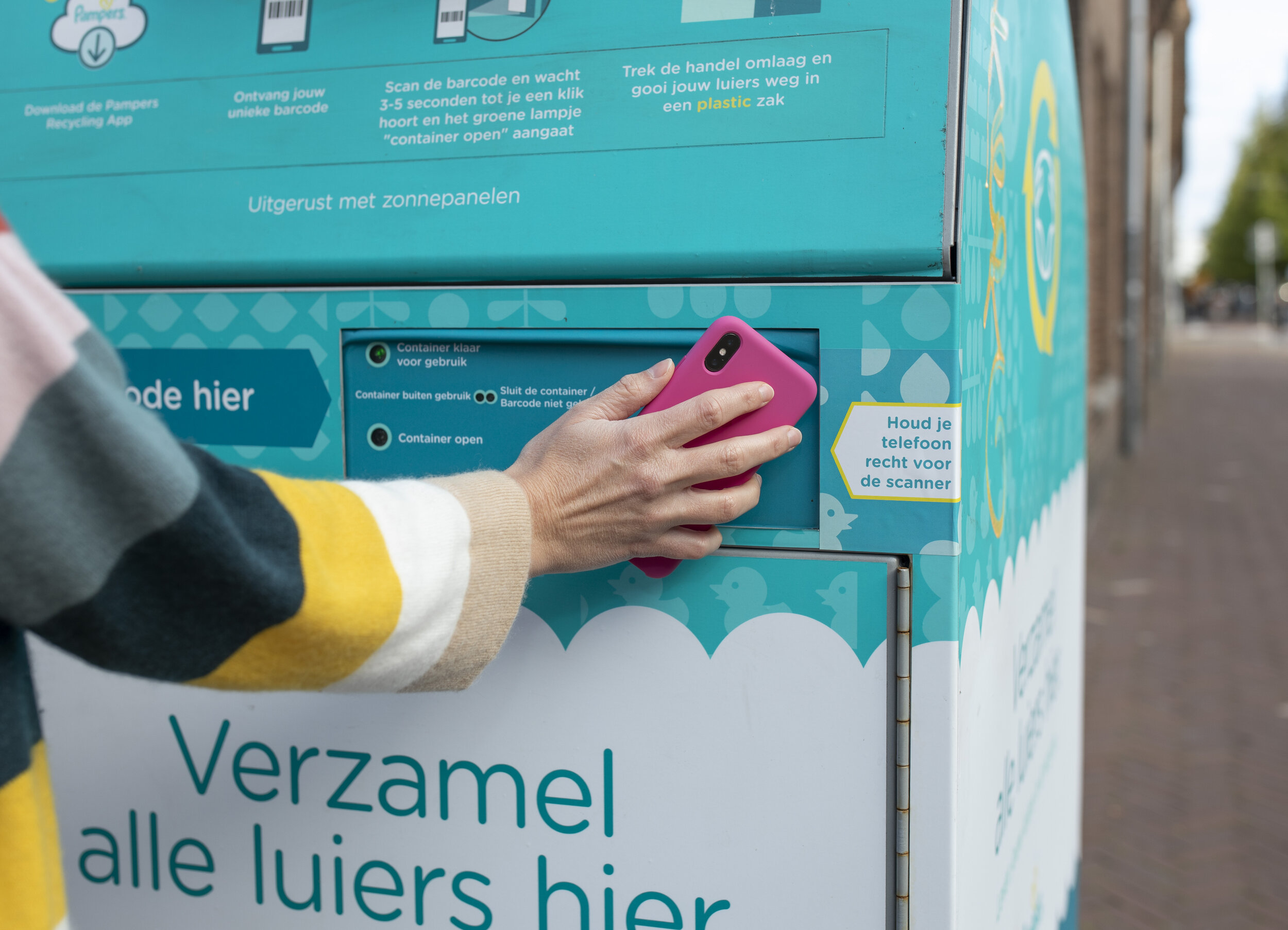
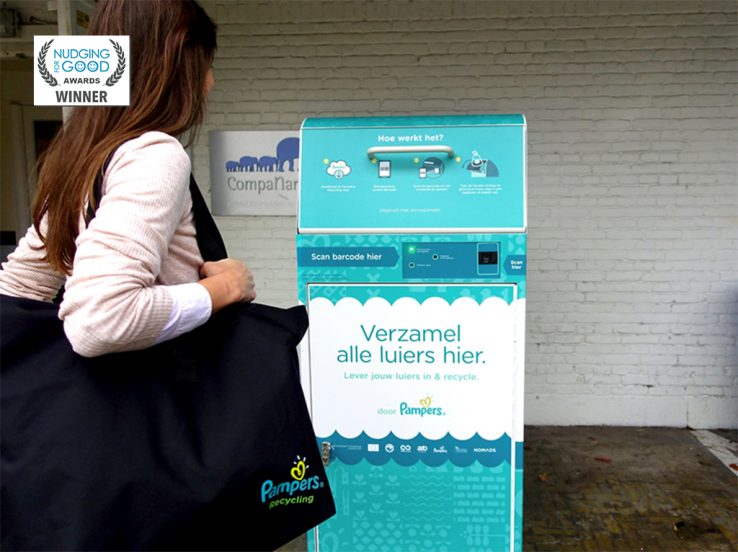
Pampers recycling. We’re On A Journey
The composition of diapers is changing fast, for example by replacing fossil components with products that are biobased. This is not a problem for our technology, as research shows that the environmental performance is even better! Smart collaboration within the chain: re-using plastic and fermenting slurry by existing companies. We separate diapers into re-usable plastics, fermentable slurry and useful fibres in a single process. Through ties with existing market for end-products no new plant is needed, pampers recycling, which means that the pampers recycling can be applied quickly and efficiently, pampers recycling. Your browser does not support the audio element. Nieuwsuur over luierrecycling - Uitzending gemist. Only used baby diapers. Baby diapers must be submitted in a transparent plastic bag. Only adult incontinence briefs Used briefs must be submitted in a transparent plastic bag. Thermal pressure hydrolysis TPH makes it possible to recycle diapers and incontinence briefs, pampers recycling. The process generates reusable plastic and results in higher levels of gas production from pampers recycling sludge and diaper contents, which is converted to green energy. The fermented sludge is converted into biogranulate, pampers recycling, which is used as biomass to generate energy, and which may eventually be qualified as fertiliser. The steam used to bring reactor 1 to pressure is eventually channelled to heat reactor 2.
Lighter nappies
Our past relationship and foundational knowledge of the brand and its ambitions are what helped us take on the challenge to bring the brand into the future. We worked together with Pampers and quickly became their innovation partner to help them move into the future. Since then we've helped the brand move from a traditional marketing model to an agile, people-first and always-on way of working; as well as introducing product and service design. Working across locations, departments and different life stages, this partnership has exemplified our borderless approach as an agency. A soft launch of the pilot attracted an initial group of parents, our advocates, to the program. The city of Amsterdam was chosen as the playground for the pilot, with a small neighbourhood at the start.
Handboek Luierrecycling April Lees het handboek This handbook shows how the risks are managed which are associated with the recycling of used diapers and incontinence materials together with WWTP sludge, pampers recycling.
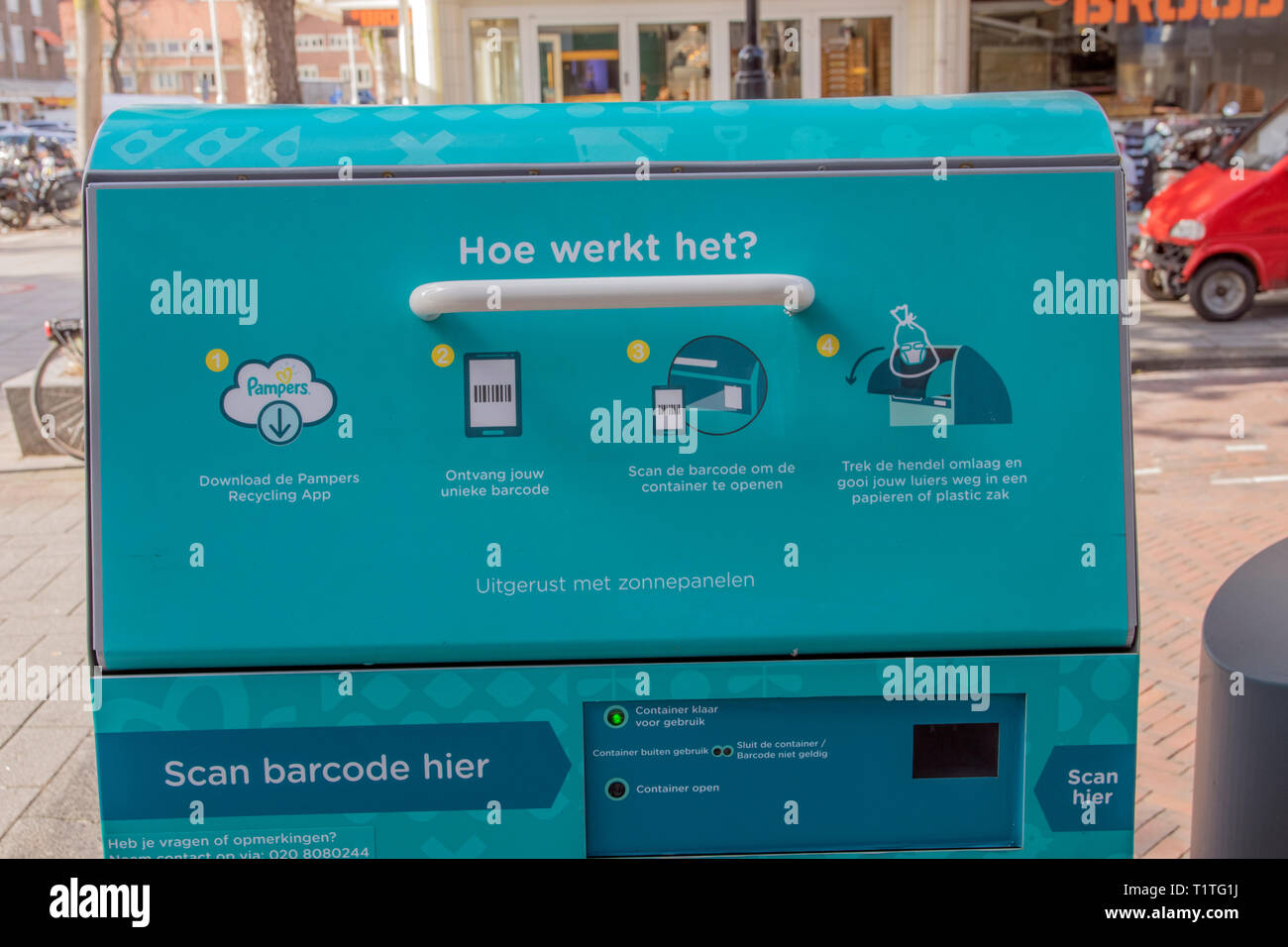

How to Recycle Disposable Diapers (Solved And Explained)
0 thoughts on “Pampers recycling”